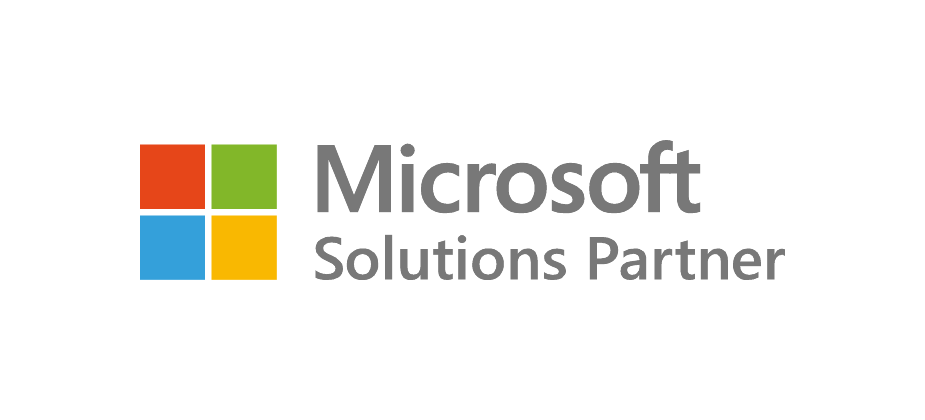Light up your Finances
Accounting can be a dark art, surrounded by a secret society of financial professionals speaking in foreign languages of accruals, prepayments and timing differences. Forever in search of the holy grail of a true and fair representation amidst the complexities of standards-based recognition, measurement and disclosure rules.
But why should financial data be so opaque? We all understand the concepts of money, value and profit. The concepts of assets, profit and cashflow are not only important to organisational decision-making and growth, but are also absolutely necessary for directors and officers to discharge their duties under corporate law.
It’s time to lift the covers on the financial data hidden within accounting systems, complex financial statements and convoluted spreadsheet models. Dashboards provide an ability to light up your finances, make them easily digestible and centre stage in fuelling the data-driven organisation on its journey for effective and unbiased ethical decision-making.
Dashboards are the answer
So why are dashboards the solution to navigating the volatile, complex, uncertain and ambiguous seas of the corporate oceans of today? Consider the captains deck on a ship. Instruments on a dashboard report metrics in real-time, providing the key data necessary to make informed decisions on a continuous basis with immediate feedback on many different values simultaneously.
Depth, heading, speed and position … instruments provide a wealth of data on which to make decisions. Contrast this with gut feel. Sometimes luck and intuition will guide you to safety, but charting a course through dangerous corporate waters is hardly the strategy for maximising shareholder return.
If we have data, let’s go with data. If all we have are opinions, let’s go with mine.
But the accountants cry in unison “we cannot forgo our beloved holy trinity of the balance sheet, profit and loss statement and the statement of cash flows”. These are the core reports that provide an accurate representation of the events of the organisation in financial terms. While this is true, there are better ways of aiding interpretation than sending every manager to years of accounting classes. And in fact, qualified accountants also find dashboards help them in understanding the information tied up in those complex reports.
But dashboards are more than just charts and graphs. Humans respond to information in different ways. Some of us are visual, some analytical and some need a paragraph of descriptive prose to resonate with their style of understanding.
Dashboards can meet the needs of all types of individuals, presenting graphical, tabular and written words to a holistic view of rapidly changing information. They can take you on a journey of enlightenment, explaining how each step along a path leads to the position you now find yourself in.
Printed reports are the enemy of agility
The humble printed report has been the mainstay of reporting for decades. They present a snapshot of information that is instantly out of date the moment the report is printed.
Printed reports fail to offer a drill-down capability. There is no double-clicking on a printed page to see the underlying transactions that make up a value on a report. So how to we ensure users can access detail? We print it. Pages and pages and pages of detail. The detailed report provides every piece of information required in a format that makes it impossible to spot trends, identify opportunities and see the forest for the trees.
By showing an initial dashboard as a summary of the complexity within, users are able to identify where they need to drill into the data. If all they are presented with is the detail, they will find it impossible to see the macro world before them. If the details are hidden from a printed report, no tapping on the printed page will ever delve into the detail that completes the story behind the data.
And looking at information in one dimension is never the best way to spot trends, see intricate abnormalities and identify interesting information. Presentation in a variety of visual and graphical formats can enable pattern recognition that is a key feature of human intelligence.
The future of reporting
So, dashboards may be capable of lighting up financial information locked up within finance teams and complex reports, but why do reports exist in the first place? Reports require someone to read them. And this is a major deficiency that fails whenever a report isn’t read in a timely manner, or whenever the report user fails to identify what actions should be taken on the data presented.
If only the report could trigger a response. And this is exactly the power that modern dashboard solutions offer. Establishing thresholds that when exceeded signify that actions are required, is an absolutely necessity when developing dashboards.
Where are the boundaries of normal operation and where are the triggers that operations are now in unexpected opportunity or risk? The most basic of these solutions can trigger an alert via an instant message or email to issue of notification that warrants close scrutiny. More advanced systems can take corrective actions to bring abnormal results back to tolerable positions.
Take for example, a financial system that identifies that day’s sales outstanding, a key metric associated with debt collections performance of the finance team, has moved beyond a threshold of normalcy. An alert could be issued to the financial controller, notifying that action should be taken to bring this key financial ratio back within boundaries. Alternatively, the alert could trigger a reduction in credit limits for high-risk debtors and automatic escalation of collections activity to initiate delivery of customer statements, warning emails or letters of demand.
The near future
What will be the nature of reporting tomorrow, or has tomorrow already arrived for your competitors? Are you ahead of the curve or struggling to keep up? Big data, cognitive analytics and artificial intelligence are no longer emerging technologies for many organisations. Cloud computing, social computing and mobile computing are now almost a decade old and well-integrated into many day-to-day processes of competing businesses.
But there are still laggards holding onto their printed, paper reports. Opportunities are still available to take the lead, although time is running out. Where are you on your financial transformation journey? The window of opportunity is closing. Take your first step into the future before it’s too late, and see the clarity that dashboards can provide to enhance your strategic decisions in pursuit of strategic goals today.
Business Central with PowerBI
Microsoft Dynamics Business Central is an end-to-end accounting and enterprise reporting system that supports a range of reporting tools, including Microsoft PowerBI.
PowerBI is strong graphical reporting solution that originated from within Microsoft Excel. It promotes the use of visualisations to show comparisons between data and trends over time in a way that most people recognise and find easy to interpret.
This style of dashboard reporting can be embedded within the Business Central accounting software, or alternatively can be viewed through a webpage, dedicated application, inside Excel or on a mobile app.
Dashboards are intelligent, in that they can identify where thresholds are met, and generate alerts to users such as emails or teams messages.
PowerBI is able to deliver elegant reports that make it easy to understand key financial data in an instant.
Dive into your financial data for deeper analysis of figures by using the ‘drill down’ feature to see increasing levels of detail.
For sophisticated data analysis scenarios, Business Central and PowerBI may be extended with Microsoft’s Intelligent Cloud hosted in Azure that brings a suite of cognitive services to your data. This can determine sentiment, recognise key phrases, or perform language translation directly within the dashboards and reports.
Bring your financial data to life with the fully integrated solutions of Business Central and PowerBI.



